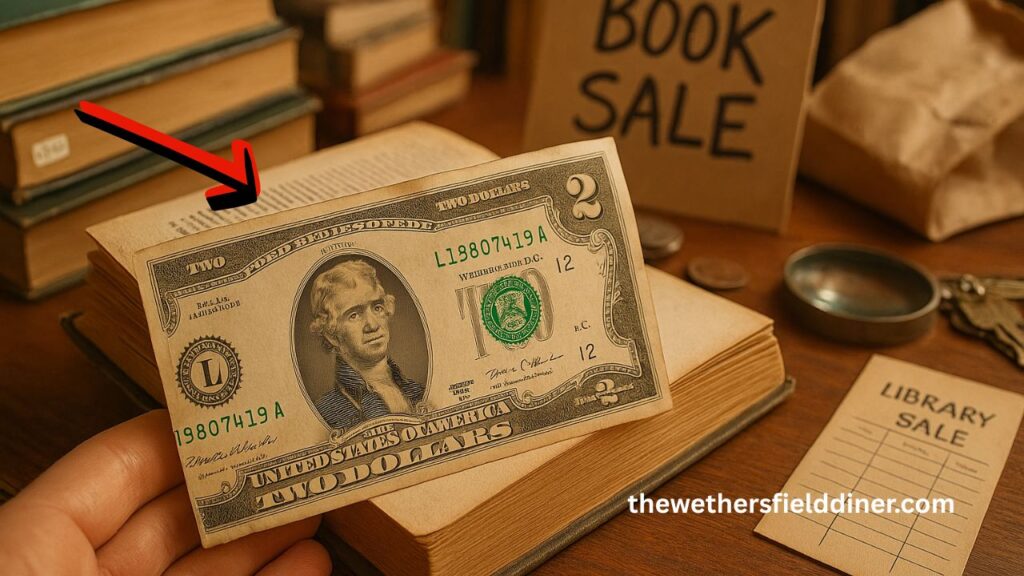In an incredible turn of events, a seemingly ordinary $2 bill purchased at a local library book sale has been authenticated and valued at a staggering $623,000.
The lucky buyer, browsing through used books and leftover materials, found the note tucked inside a vintage novel. Unaware of its significance at first, the bill turned out to be one of the rarest and most collectible pieces of U.S. currency.
This remarkable find is now creating a buzz in the numismatic world, reminding collectors and everyday citizens alike that valuable treasures may be hiding in plain sight.
What Makes This $2 Bill So Valuable?
While $2 bills are still printed by the U.S. Treasury today, older issues—especially those with unique errors, low serial numbers, or historical significance—can be worth thousands.
The bill discovered at the book sale was no ordinary note. It was a 1928 series red seal $2 United States Note, featuring:
- A low serial number
- A rare star note designation
- Nearly uncirculated condition
- An unusual printing anomaly on the front plate
Together, these factors pushed its value from $2 to an eye-watering $623,000, as confirmed by a major auction house following expert authentication.
Key Details of the $623,000 $2 Bill
| Feature | Details |
|---|---|
| Denomination | $2 |
| Series Year | 1928 |
| Seal Type | Red Seal |
| Serial Number | Low Number + Star Note |
| Condition | Almost Uncirculated (AU) |
| Printing Error | Plate misalignment + ink shift |
| Place Found | Tucked inside a book at library sale |
| Current Estimated Value | $623,000 |
These features combined make it an exceptionally rare bill, with both historical and collector value. Notes like these are in high demand due to their scarcity and connection to early 20th-century U.S. monetary history.
Why Was It in a Book?
Many collectors and even casual savers used old currency as bookmarks or keepsakes. In this case, the $2 bill had likely been stored for decades in a hardback novel before being unknowingly donated to the library for resale. These kinds of accidental discoveries are more common than you’d think.
How to Identify a Rare $2 Bill
If you have old $2 bills or come across them in change, here’s what to look for:
- Year and Series: Older bills (especially 1928, 1953, and 1963 series) with red seals are more desirable.
- Serial Number: Look for low numbers, stars, or repeating patterns.
- Seal Color: Red seals are rarer than modern green seals.
- Condition: Crisp, clean notes fetch the highest values.
- Printing Errors: Misprints, offsets, or ink smudges significantly increase worth.
Professional grading services like PMG or PCGS can confirm the authenticity and quality of your note.
The discovery of a $623,000 $2 bill at a library book sale proves that valuable collectibles still circulate unnoticed. Whether tucked away in books, handed out in change, or stored in old drawers, these relics from the past carry both monetary and historical significance.
Next time you’re browsing old books, flea markets, or inherited collections, remember—a simple $2 note could change your life. Be curious, pay attention to the details, and never underestimate the potential of what looks ordinary.
FAQs
Are $2 bills still in circulation?
Yes, $2 bills are still printed and legal tender, but older or error versions can be extremely valuable to collectors.
What is a star note?
A star note replaces a bill with an error during printing. It has a star next to the serial number and is rarer.
Can I get a $2 bill appraised at a bank?
No. Banks will treat it as face value. You need to consult a currency appraiser or grading service for true valuation.
